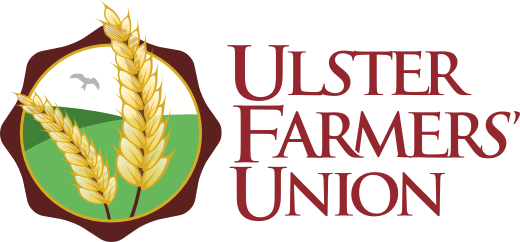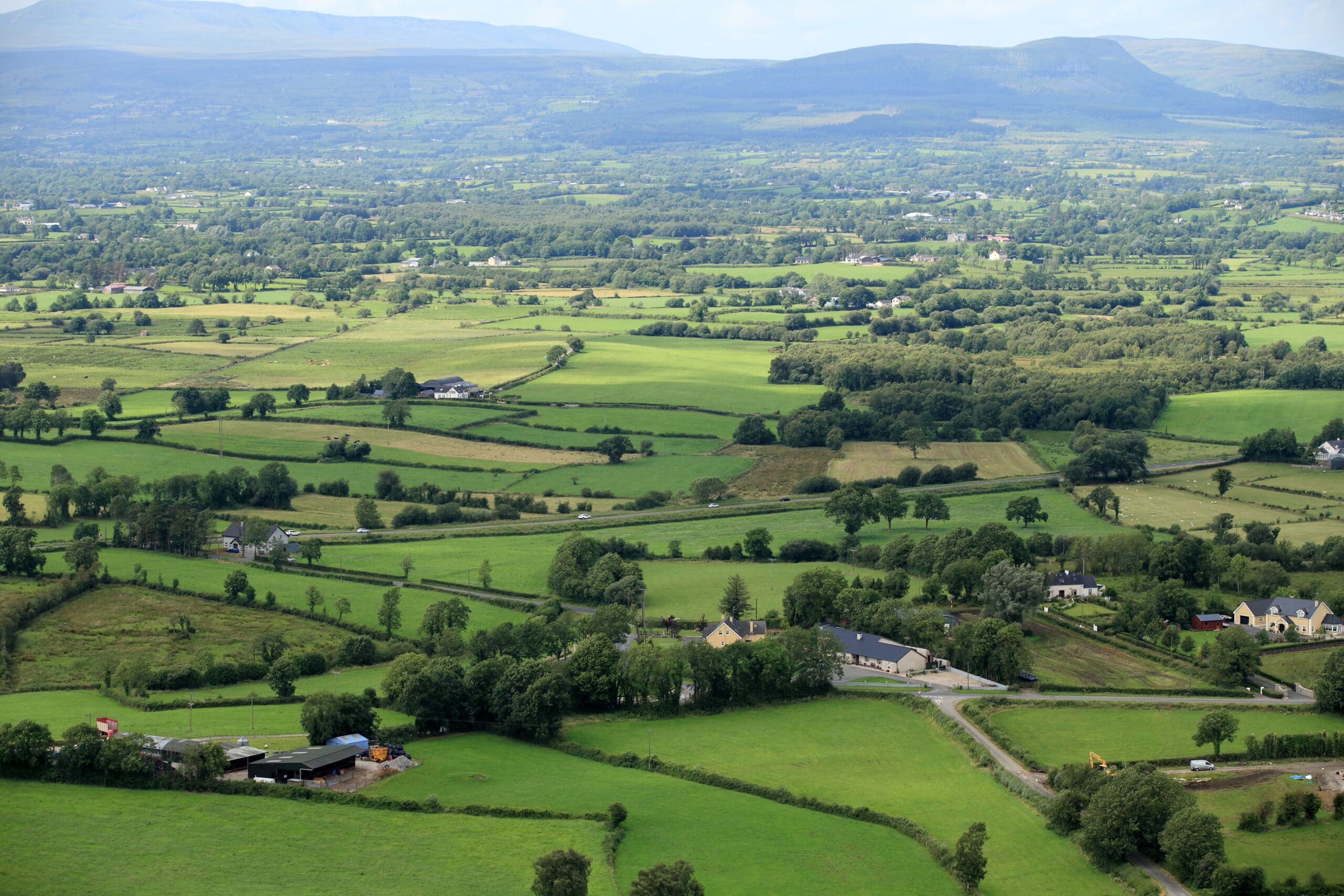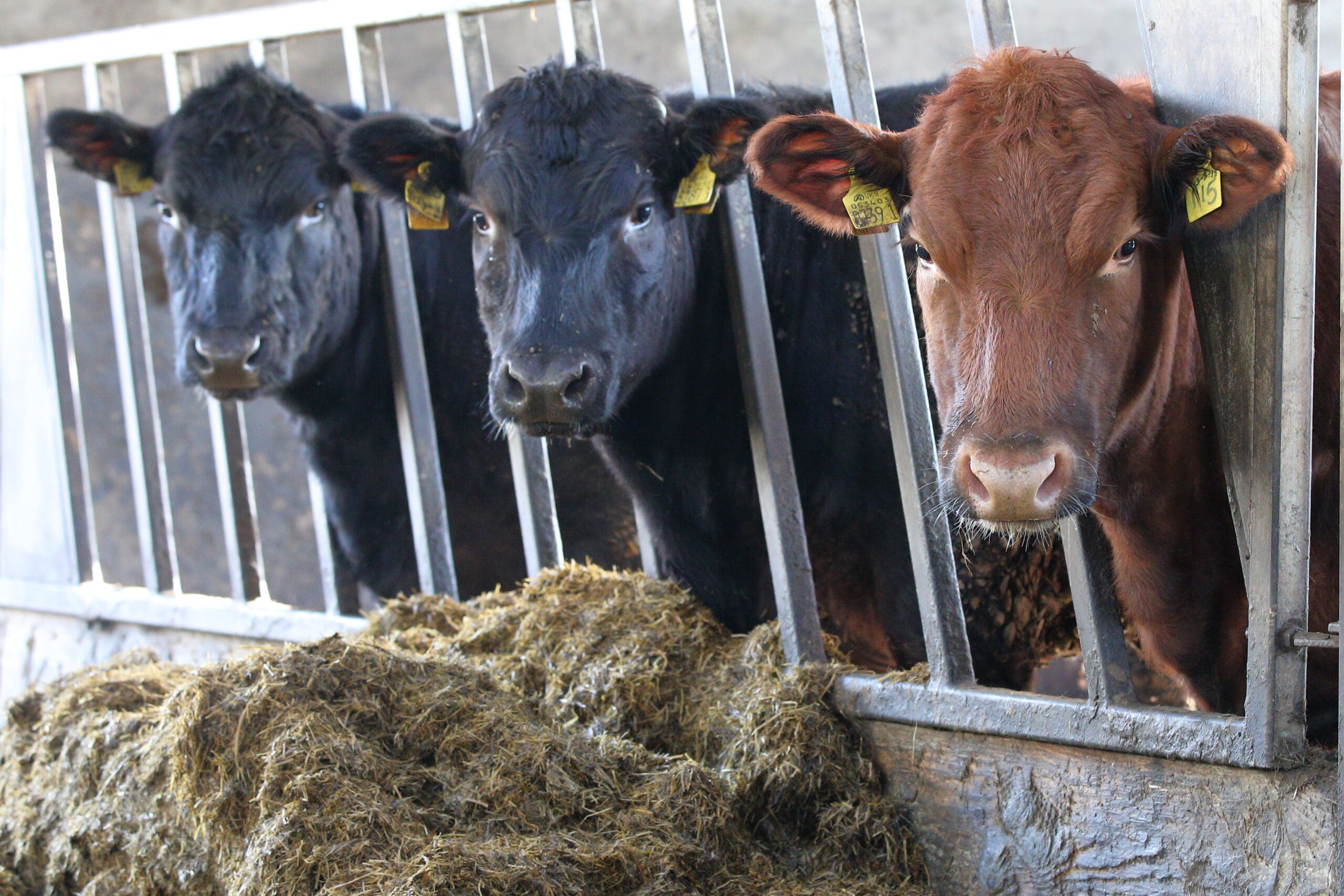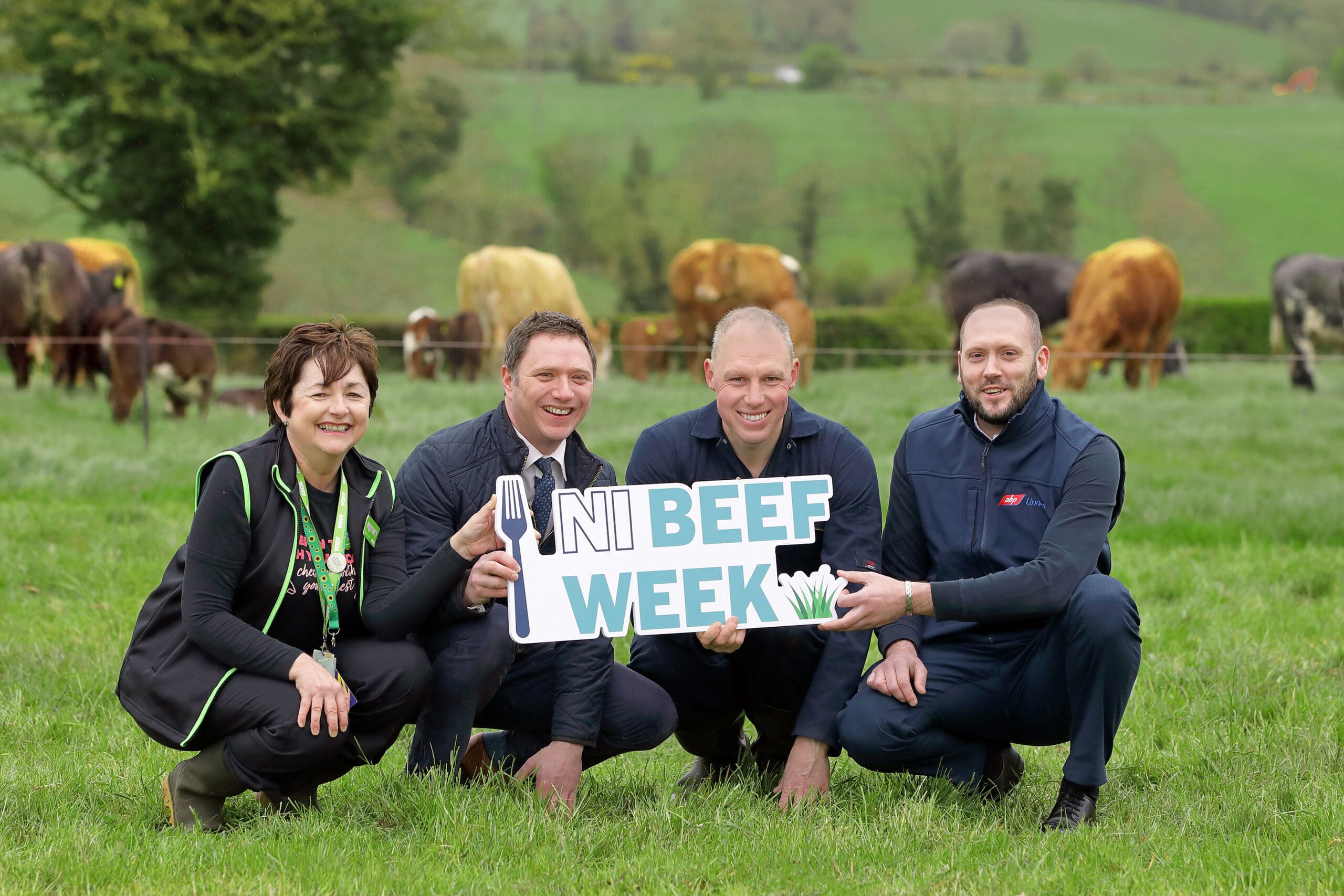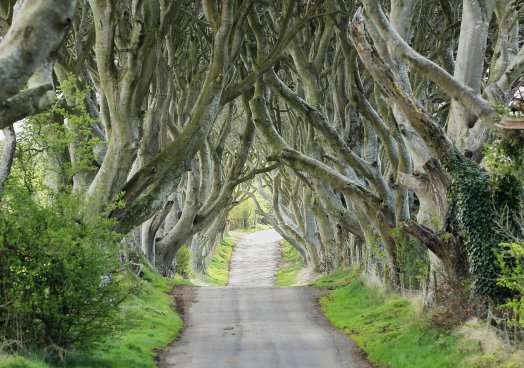
Commodity Watch
In Northern Ireland we are privileged to live in a rich and varied countryside, which embraces many features and landforms, from the extensive upland, down to our rugged coastline, sandy beaches and colourful lakeland regions. This network of rural environments is often home to some of the best examples of Northern Ireland’s impressive natural heritage.
Over a period of many generations farmers have fulfilled their role as not only food producer but also custodian of the countryside. The importance of such actions is reflected in the significant contribution the rural economy makes to the overall economy each year. There are however areas within NI which perhaps need a more sensitive approach in order to ensure the protection of special habitats, and plant or animal species which may be at risk of damage or even extinction.
Under the Environment (NI) Order 2002, the NIEA have an obligation to ensure that these regions are managed in a responsible manner. To date NIEA have designated in the region of 350 Areas of Special Scientific Interest, covering around 8% of the land with approximately 8000 land owners being affected. NIEA anticipate that they will try to grow this figure to 440 sites by 2016.
While to date NIEA’s focus has been on identifying sites of special scientific interest, it is anticipated that more emphasis will be placed on trying to ensure that these sites are brought up and maintained at the ‘favourable conservation standard’ expected by the EU. At present only 44% of ASSI’s are considered ‘in favourable condition’ by the EU.
For farmers, the acronym ASSI can often create a bit of a stir in their locality. Following a survey, NIEA will issue a citation which identifies what the key scientific interests are and what management techniques could be used to protect the site. While NIEA will make attempts to engage with farmers at a personal level to explain this complex procedure, understandably for many it is difficult to accept that on certain parcels of their land, another tier of bureaucracy will be added which can further complicate the management of a farm business.
One way in which both DARD and the NIEA wish to see this addressed is through a new agri-environment scheme which can specifically target these areas. However, with a reduced Rural Development 2014-2020 budget going forward and other competing priorities, particularly the need to improve competitiveness and instigate growth of the agri-food sector, it is necessary that more external support is required from other EU funding mechanisms to assist with the management of these sites.
For farmers however, this is not simply a matter of requiring additional support to assist with a change in management requirements, there needs to be greater recognition of the additional burden this creates above cross compliance. In this sense it is important that going forward there is a more meaningful process of consultation prior to designation and an understanding from Government that they need to work in partnership with farmers in order to help preserve and enhance our rural environment.
